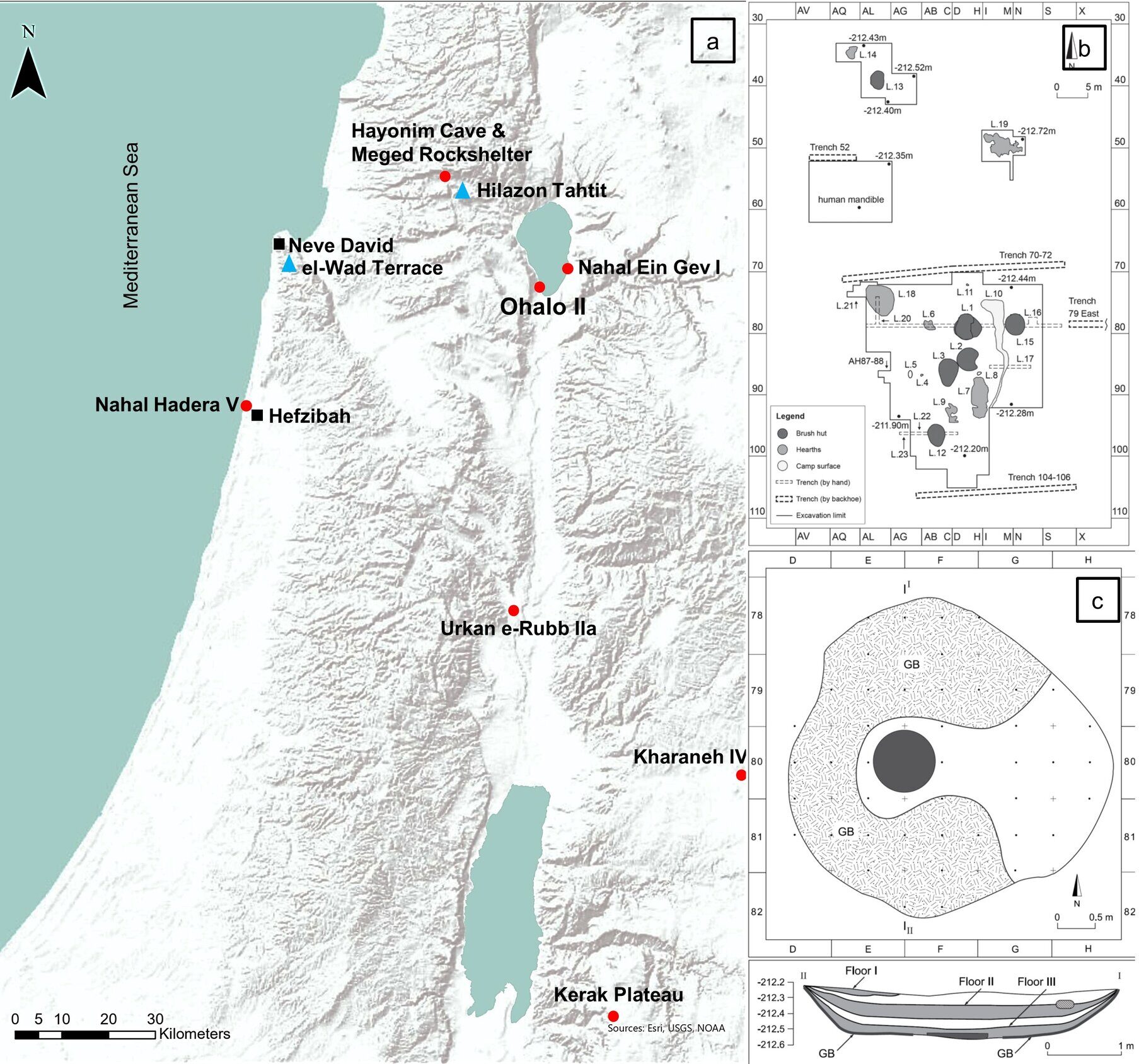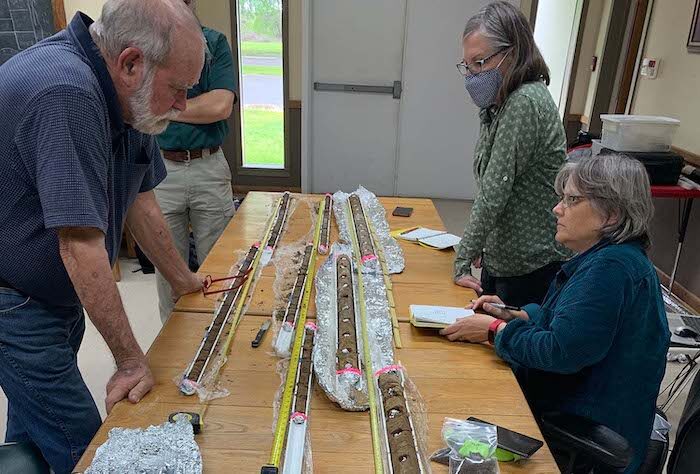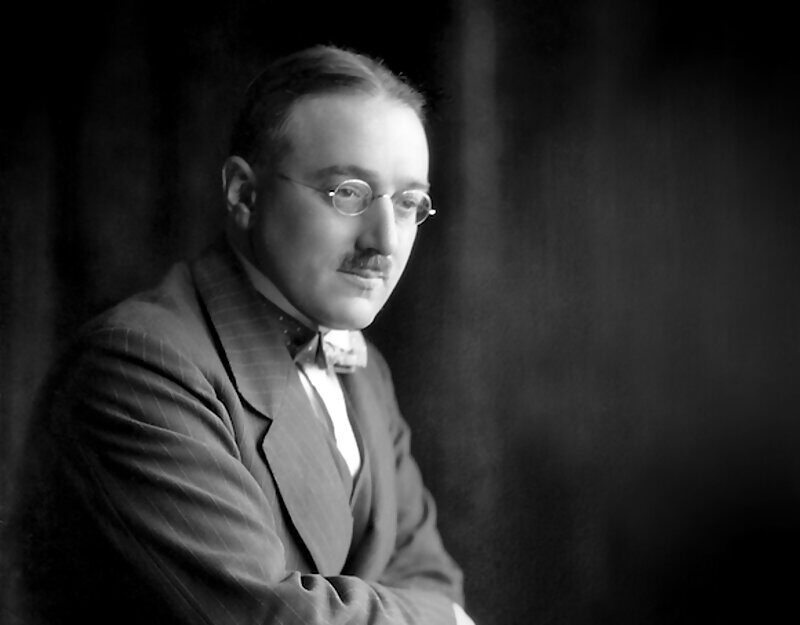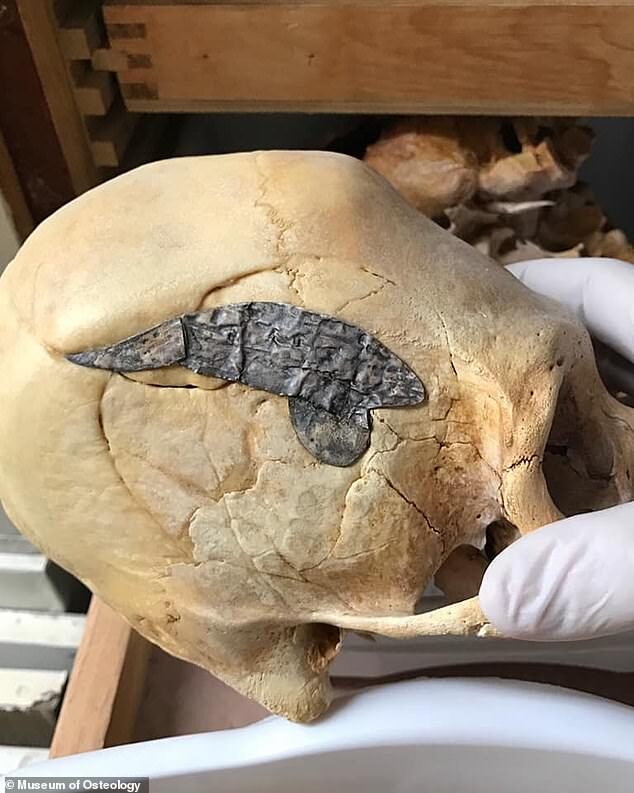OF THE
TIMES

The above strongly suggests that before the Younger Dryas, the North geographic pole was located around Hudson Bay, which is about 60° North - that is; 30 degrees in latitude away from the current North pole.
But the peculiar Laurentide ice sheet is not the only evidence we have. The study of fossils provides a very good idea of what kind of plants and animals lived in different locations of the planet right before the Younger Dryas. This research tends to confirm that, at the end of the Pleistocene, the North pole was located in Hudson Bay.
Indeed, before the Younger Dryas, the Arctic Ocean was a temperate ocean (as indicated by the presence of Foramainifera in sea cores), Siberia was a temperate region (as indicated by human remains, entire forests and temperate flora), and Japan was warmer than today (as indicated by flora that grows in temperate climate and by the corals of Okinawa).

These earthworks, together with a buried, mound-like feature with unique soil properties unlike any of the known earthworks at the site, demonstrate that the Plaza at Poverty Point has a more elaborate construction history than we knew.Poverty Point World Heritage Site is slowly revealing her secrets.
Diana Greenlee, Ph.D.

"activities conducted to enable a resistance movement or insurgency to coerce, disrupt or overthrow an occupying power or government by operating through or with an underground, auxiliary or guerrilla force in a denied area."The term 'guerrilla force' is further defined as:
"a group of irregular, predominantly indigenous personnel organized along military lines to conduct military and paramilitary operations in enemy-held, hostile, or denied territory."

Comment: See also:
- Volcanoes, Earthquakes And The 3,600 Year Comet Cycle
- Mammoths survived in Siberia until just 3,900 years ago, climate change likely responsible for extinction, new study reveals
- The strange 175,000-year-old circle structures built by Neanderthals in French cave
- 45,000 year old lion statuette found in Denisova Cave may be world's oldest
And check out SOTT radio's: